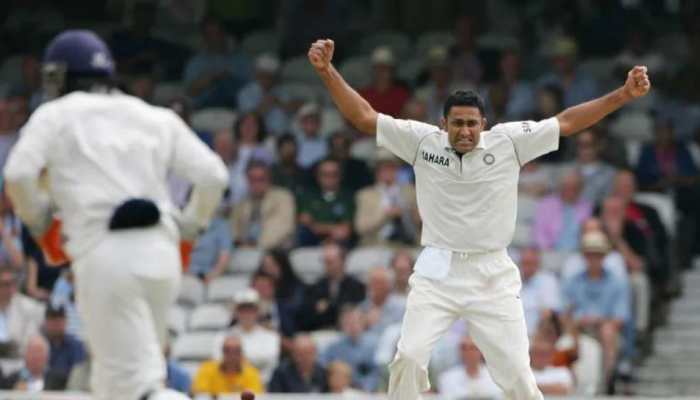Cardiac arrest: What happens during a sudden loss of heart function?
In a horrifying event, a Halloween crowd rush in Seoul, South Korea, resulted in 150 fatalities, over 100 confirmed injuries, and literally a hundred cardiac arrests. Let's find out what went wrong.
Trending Photos
)
Cardiac arrest: The abrupt loss of breath, consciousness, and heart function is known as a sudden cardiac arrest. Typically, the illness is caused by an issue with your heart's electrical system, which interferes with your heart's pumping motion and prevents blood flow to your body.
A heart attack, which occurs when blood flow to a portion of the heart is interrupted, is different from sudden cardiac arrest. But occasionally a heart attack might cause an electrical disruption that results in a sudden cardiac arrest.
What's the difference between a cardiac arrest and a heart attack?
When an artery that supplies oxygen-rich blood to a part of the heart gets blocked, it causes a heart attack. If the artery fails to become unblocked, the patient will die.
Sudden cardiac arrest happens abruptly and often without warning. It is brought on by an irregular heartbeat caused by an electrical defect in the heart (arrhythmia).
These two distinct heart conditions are linked. Sudden cardiac arrest can occur after a heart attack, or during recovery.
Also Read: Seoul Halloween stampede: A look at recent crowd rushes across the world
What to do during a sudden cardiac arrest?
Most victims of cardiac arrest can recover if they receive treatment within a few minutes. Make an emergency medical care call first. If an automatic external defibrillator is available, then get one and utilise it as soon as it is delivered. CPR should be started right away and continued until emergency medical personnel arrives.
How to perform CPR?
Follow the basic CPR steps in the case of adults:
- Dial the emergency medical care first.
- Lay the person on their back on a firm, flat surface and open their airway.
- Check for breathing. If they are not breathing, start CPR.
- Give 30 chest compressions
~ Hand position: Two hands centred on the chest
~ Body position: Shoulders directly over hands; elbows locked

~ Depth: At least 2 inches
~ Rate: 100 to 120 per minute
~ Allow chest to return to normal position after each compression
- Give 2 breaths
~ Open the airway to a past-neutral position using the head-tilt/chin-lift technique
~ Ensure each breath lasts about 1 second and makes the chest rise; allow air to exit before giving the next breath
- Continue giving sets of 30 chest compressions and 2 breaths.
(according to redcross.org)
(Disclaimer: This information is based on genral inforamtion and dies not substitute for an expert's advice. Zee News does not confirm this.)
Stay informed on all the latest news, real-time breaking news updates, and follow all the important headlines in india news and world News on Zee News.
Live Tv







)
)
)
)
)
)
)
)
)
)
